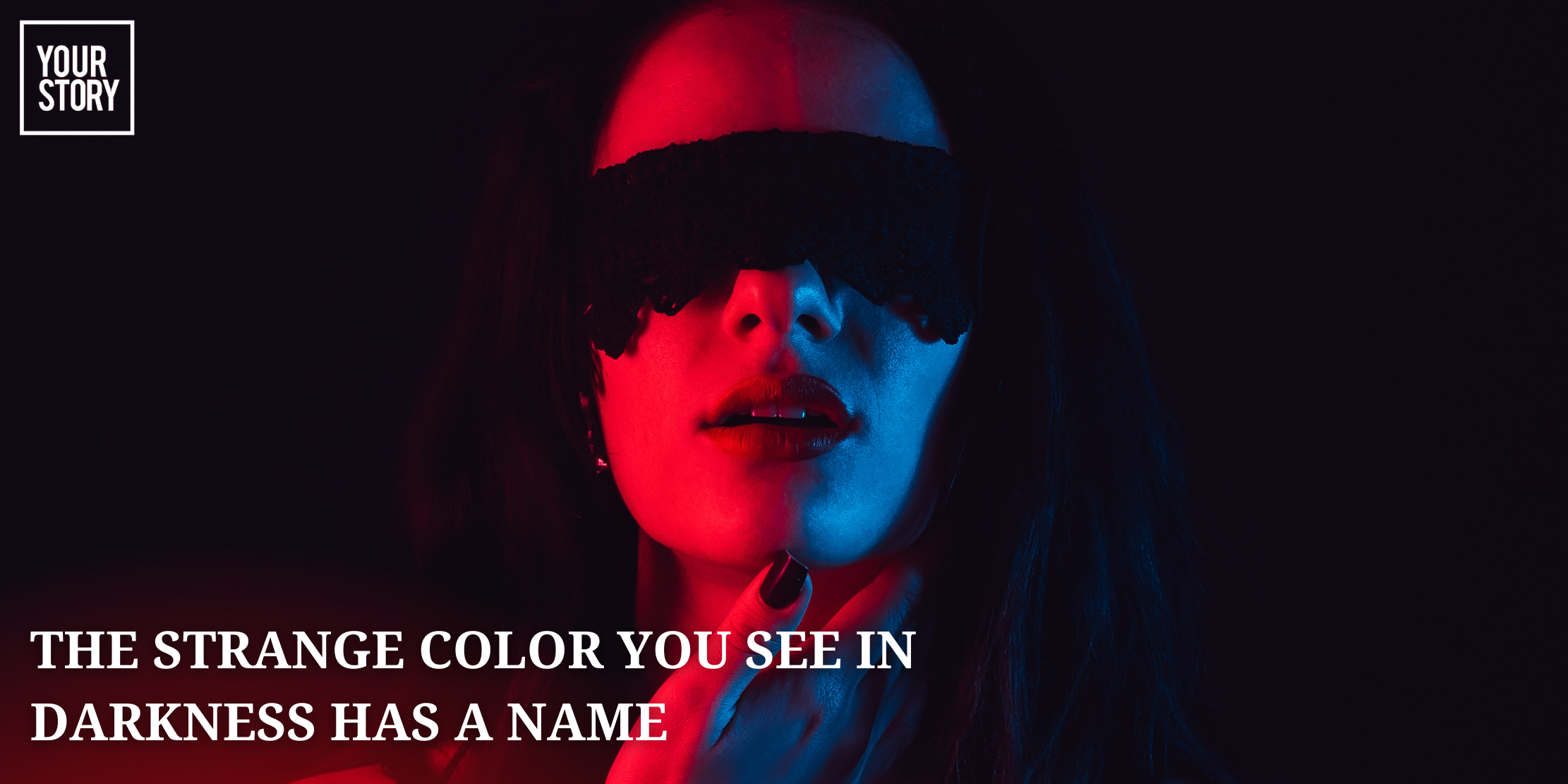
Have you ever noticed that when you’re in a very dark room or even if you just close your eyes, it doesn’t seem completely black, but instead, there’s a sort of color you can’t quite describe? A kind of faint grayish color? This strange color you see in the dark has a real name, and there’s some interesting science behind it!
What’s the Name of That Darkness Color?
The color you see in darkness is called Eigengrau (pronounced “eye-gen-grau”), also known as “brain gray”. It’s a German word that literally translates to “own / unique gray.” Pretty fitting, right? This is the shade of dark gray people report seeing in the absence of light. It’s not a color you see with your eyes in the traditional sense, but rather a color your brain perceives in complete darkness. So, eigengrau is essentially “intrinsic gray” or the brain’s own gray.
Why Do We See Eigengrau?
Since everyone’s shade of eigengrau is unique, the perception of eigengrau is a fascinating subject for various scientists and researchers. Our eyes are constantly working, even in the dark. It’s believed that this color is perceived due to the signals our eyes and brain are constantly sending and processing. Our visual system is always active, trying to make sense of the information it receives, even when there’s little to no light. In the absence of visual stimuli, our brain still processes a constant signal, which we perceive as eigengrau.
Is Eigengrau the Same for Everyone?
Now, you might be wondering if this “brain gray” looks the same to everyone who sees it. The simple answer is: mostly, but not exactly. While eigengrau is a common experience, the exact shade of gray people perceive in total darkness can vary slightly from person to person.
This variation is because everyone’s eyes and brains work a bit differently. Things like how sensitive your eyes are and the chemicals in your eyes can all play a role. It’s also not uncommon to see flashes of light or tiny moving dots in the darkness. These are also caused by the random activity of your rods and cones – the light sensitive cells.
While some might see a slightly darker or lighter shade of gray, in general, the experience of seeing eigengrau is a shared human phenomenon. This difference reminds us of the unique ways we each experience the world around us, even in something as universal as perceiving colors in the dark.
The Color of Our Thoughts
Eigengrau isn’t just a curiosity; it’s a profound insight into the way our brains fill in the gaps of our perception. It suggests that even in the absence of visual information, our minds are not entirely dark but filled with a sort of “visual noise” that keeps our perception continuously active. It’s a color that’s always with us, in the background of our minds, representing the threshold between seeing and not seeing.
Fun Facts About Eigengrau
- Astronauts sometimes report seeing Eigengrau more vividly in space due to the complete darkness.
- In some cultures, there are even specific words for different shades of darkness!
So, the next time you find yourself in the dark, remember that the strange color you’re seeing has a name and a fascinating explanation behind it. Eigengrau is a reminder of the remarkable capabilities of our visual and cognitive systems, painting our perceptions even when we step out of the light.
Edited by Roshni Manghnani






![Read more about the article [Funding alert] Paytm-backed Fable Fintech raises undisclosed amount in Series A round](https://blog.digitalsevaa.com/wp-content/uploads/2021/06/Imagegufr-1622723644647-300x150.jpg)


![Read more about the article [Funding alert] VOGO raises $11.5M to focus on growth and EV expansion](https://blog.digitalsevaa.com/wp-content/uploads/2021/02/Vogo-founders-115561130949011559839111118-300x150.png)
